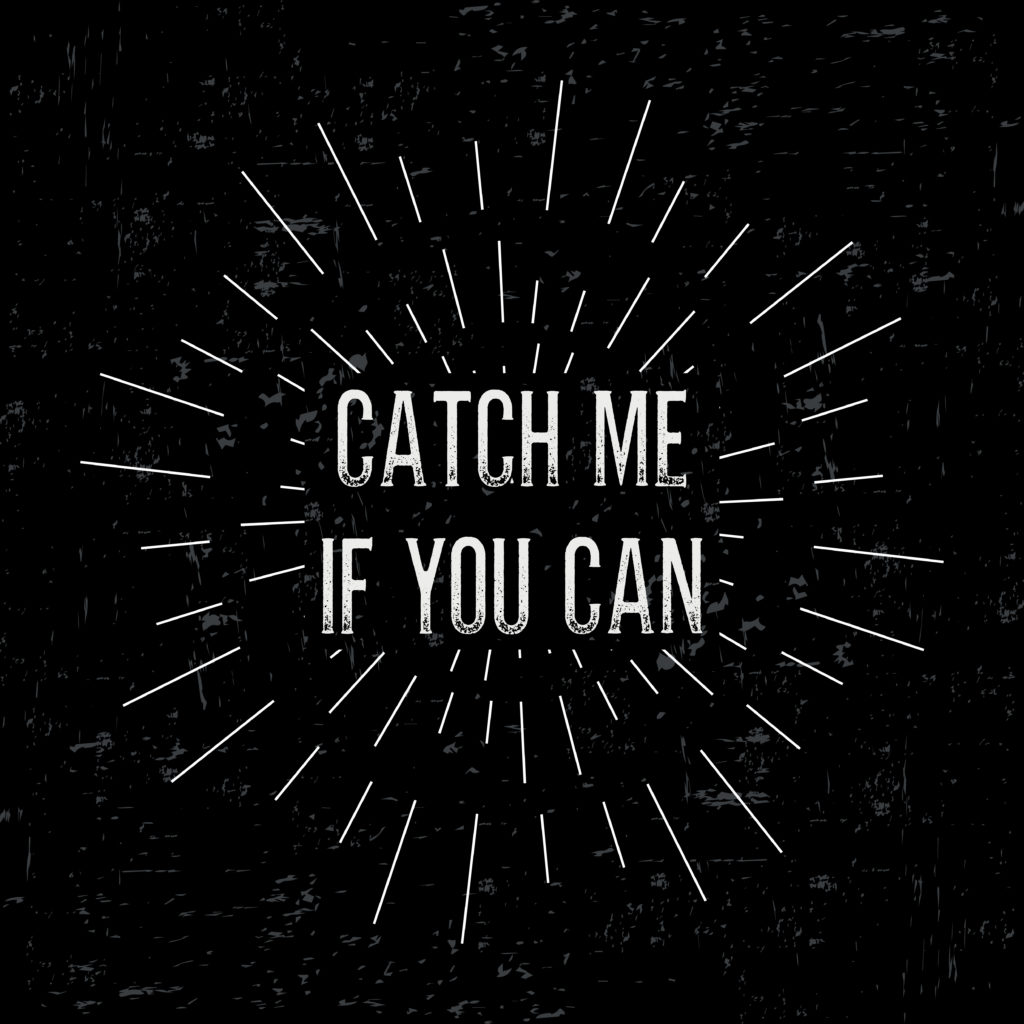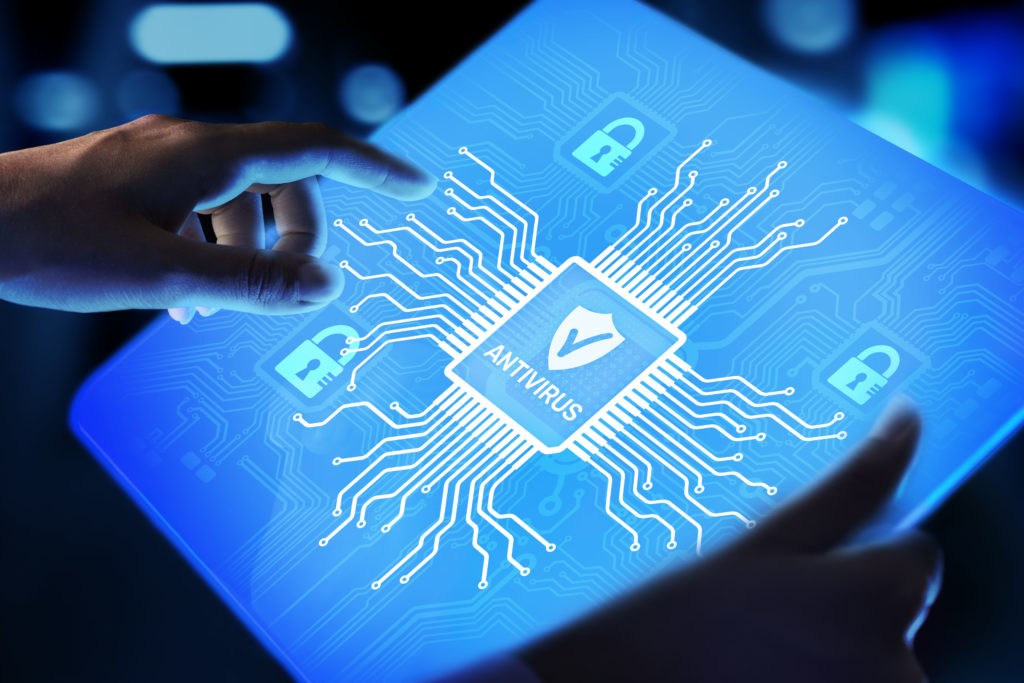Computer viruses are designed for everything from pranks to bringing down organizations. Just like living viruses, computer viruses infect their hosts (host programs); and just like real viruses, these codes continue to change form every generation. And since there is currently no blanket solution to malware, it’s important to stay informed about viruses as much as possible. To learn about the earliest members among these troublemakers, simply read on.
Creeper Virus
Generally known as the very first computer virus, the Creeper Virus emerged in 1971. Bob Thomas, an engineer at BBN (Bolt, Beranek, and Newman), designed the Creeper Virus to demonstrate mobile capability and successfully infected ARPANET (an early form of Internet). The result was that infected devices displayed the message, “I’m the creeper: catch me if you can.” Thankfully, information security professionals came up with another self-replicating program named The Reaper to remove the Creeper.

The Brain
By 1986, the Farooq Brothers designed a virus called The Brain, also known as the Pakistani Flu. Whenever the host program ran, The Brain would increase its code volume, and thereby fill up the floppy disk. By hiding all the taken up storage space, the virus would leave the user with the impression that there was little to no content stored on the disk. The Brain was the very first PC-specific virus, the first stealth virus (a virus that hides from antivirus software), the first boot sector virus (a virus that infects the boot sector of the hard disk), and the virus to inspire the first anti-virus software for public use. The downside was that The Brain also led to the rise of Master Boot Record Viruses (MBRs), which overwrote existing data on a disk whenever opened.

Ghostball
A year after the Festering Hate virus wreaked havoc on Apple operating systems by ruining all files, another deadly virus by the name of Ghostball emerged on the world stage. The emergence of Ghostball in 1989 marked a definite shift in virus creation in that Ghostball was the very first of its kind to steal user information. Not only were viruses now delaying computer speeds and causing frustration, but they had also become means of theft and loss of personal data.

Conclusion
Learning about virus history can make one feel uneasy, but that awareness is precisely what we need in order to be better prepared against those destructive measures. The best way to counter a Trojan virus or any new malicious program is to exercise caution when visiting websites, opening emails, and downloading things online. If you have questions about viruses and your computer, feel free to bring them to National Computer Repair today.
Leave a Reply